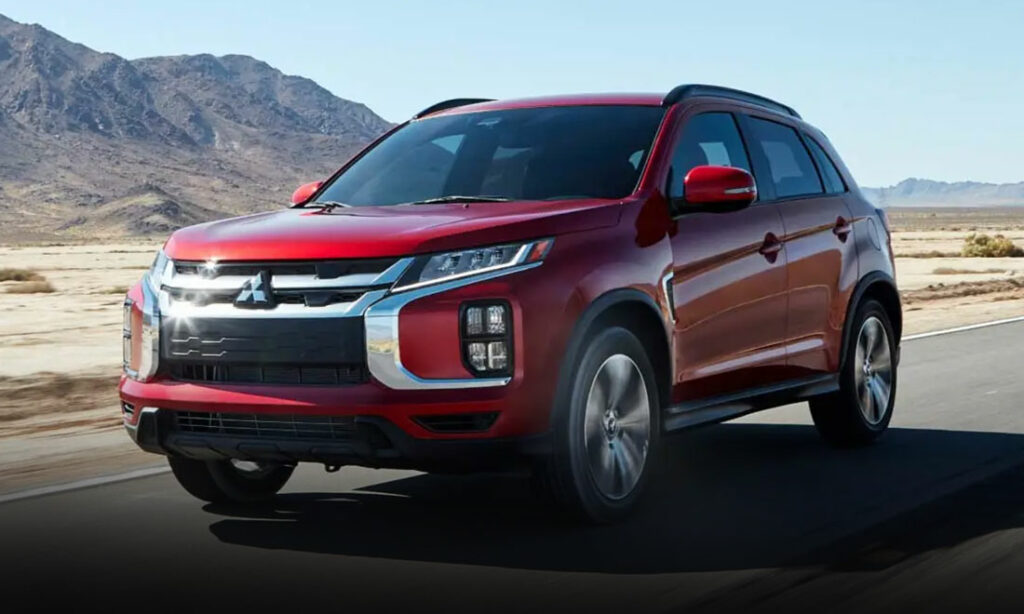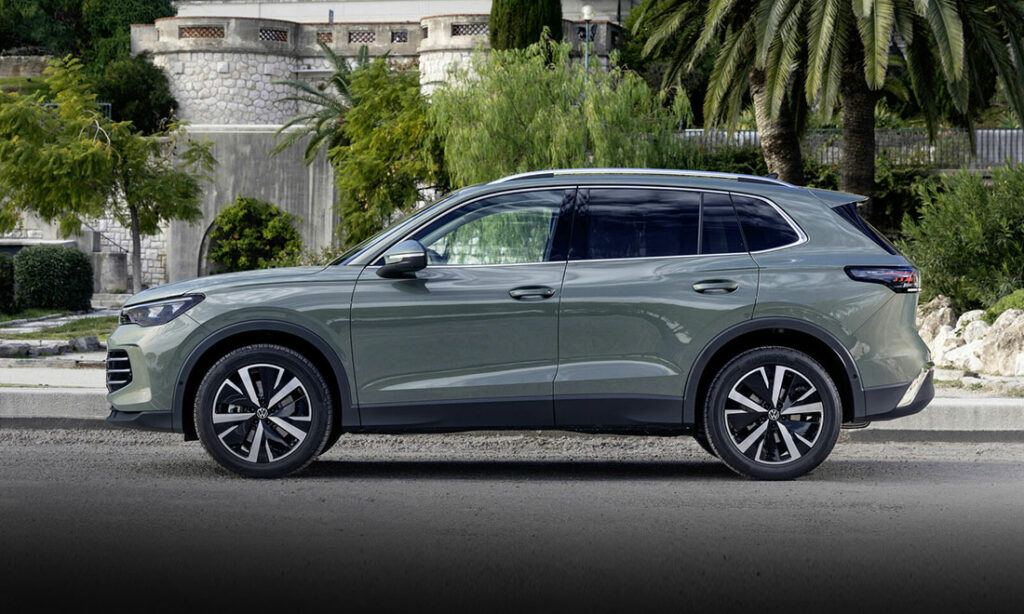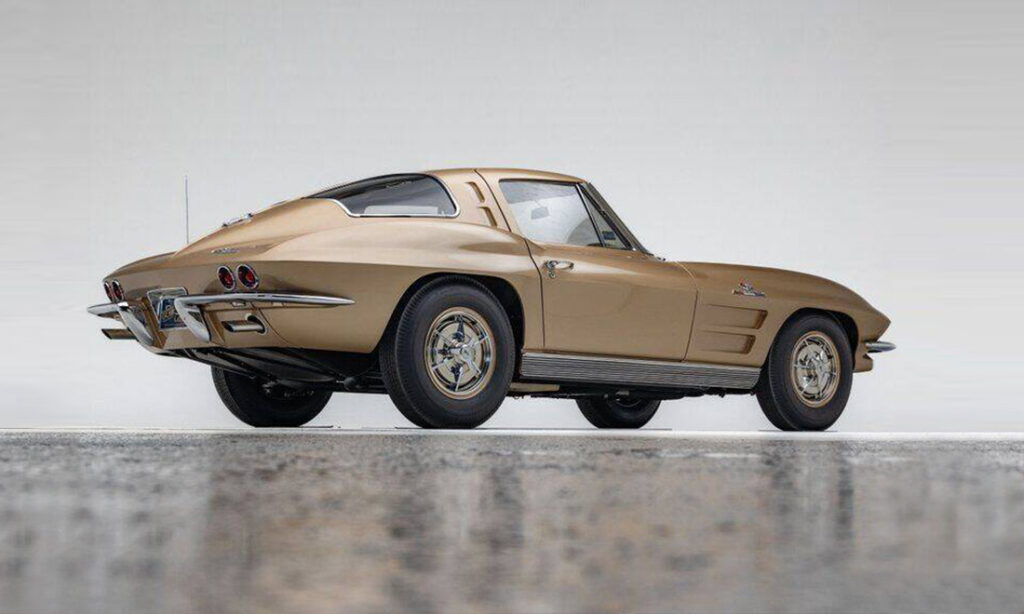The new 2020 Ford Explorer is fully revamped. It’s got better handling, heftier engines, and features galore. Check out the latest on the epitome of the SUV, the Ford Explorer.
Intro: New Foundations
The Ford Explorer has come a long way since Jurassic Park. Gone are the days of swaying through corners and sluggish acceleration. The new Explorer has received a brand-new platform for 2020. This ground-up reboot offers some notable improvements including better handling, new engine options, and a twin-moon roof, a possible liability when parked next to the T-Rex paddock, is available on the Premium trim (you’ve been warned).
We were especially excited to see a hybrid version on offer this year, and while it does sacrifice some power, we felt it was a timely addition to the Explorer line up.
As seems to be the case across Ford’s line-up, the Explorer flirts with the higher end of the market, piling on features (and dollars to match) in hopes of converting skeptics and maintaining loyalty among die-hards.
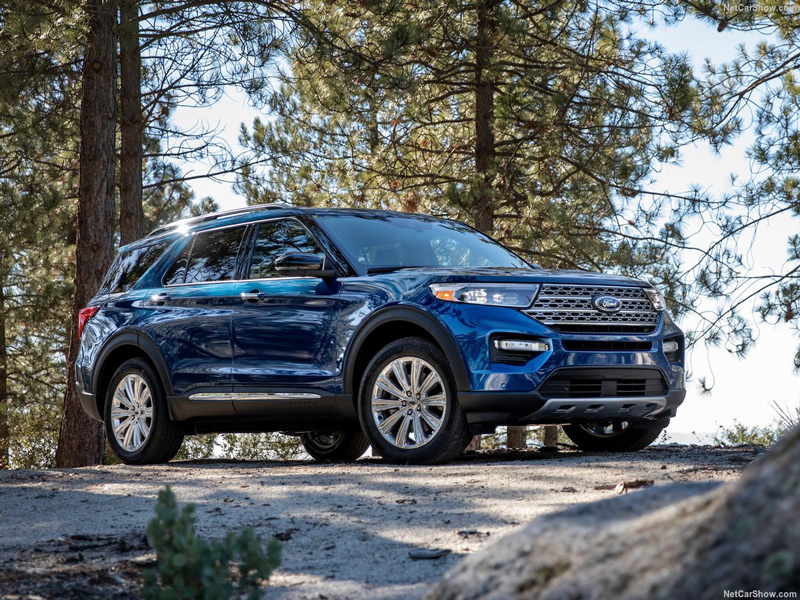
Specs: New Platform Re-Enlivens the Mainstay SUV
The big news for the 2020 Explorer is the completely new rear-wheel drive platform. While a bit of body-roll remains, the handling on the new sixth-generation is much improved over Explorers of the past owing to moving the power rearward. Largely gone are the classic SUV sways. And while balance has never been the segment’s strong suit, it’s no longer a glaring detraction for the Explorer. All-wheel drive will be available on all trims and standard on the ST and Premium.
The Explorer’s engine options start at the XLT’s 2.3-liter turbo inline-4 netting 300hp and 310 lb. ft. of torque. The Hybrid Limited gets its own 3.3-liter V6 (285hp and 260 lb. ft.) paired with an electric motor (44hp and 221 lb. ft.) for a combined 318hp and 322 lb. ft. of torque. The Platinum and ST share a 3.0-liter twin-turbo V6 with the Platinum’s producing 365hp and 300 lb. ft. while the tuned-up ST (replacing the Sport) gets a roaring 400hp, 415 lb. ft., and top speed of 143 mph. All engines team up with an exceptional 10-speed automatic.
The new platform added 6.3 inches to the wheelbase, now 119.1 inches, without adding to the total length of the Explorer.
Performance: The ST adds Oomph, Just Don’t Call It Sporty
Probably the biggest distinguisher between the Explorer and its direct competition in the likes of the Kia Telluride and the Lexus NX 300 is the powertrain. This generation of Explorers makes the most of its beefy engine options. Acceleration here is among the best you’ll find in a mid-size SUV, and the ST is especially stirring.
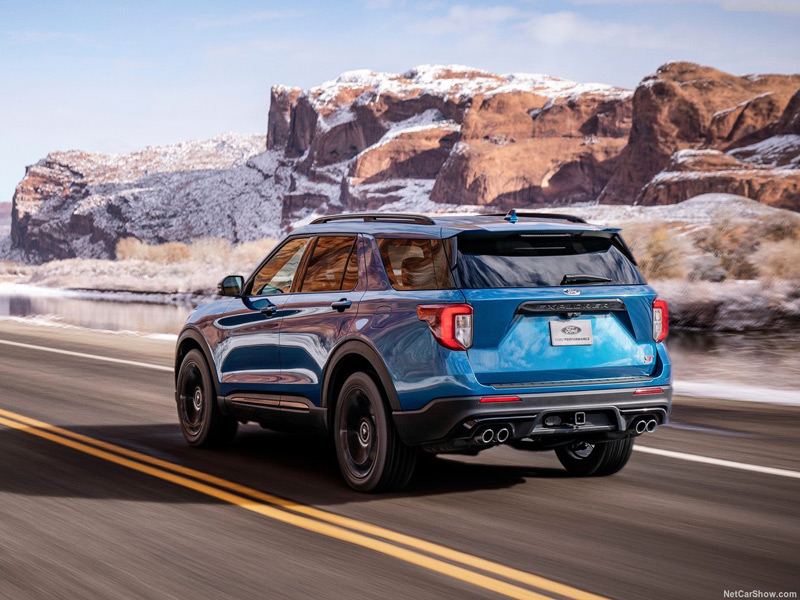
The ST’s “Street Performance” package adds larger performance brakes and 21” wheels with dedicated summer tires. Body-roll was still evident with the ST despite the 10 percent stiffer suspension tuning. We like the extra kick even beyond the already robust Premium’s performance. Both versions of the 3.0-liter produce a tow rating of 5600 lbs.
In contrast, the Hybrid Limited was a bit of a letdown. The lofty goal of a fuel-efficient mid-size SUV still hasn’t been achieved by Ford. While the official numbers aren’t yet in, we estimate based on the projected 500-mile range of the Hybrid Limited it should be getting in the neighborhood of 28 mpg on the highway. Decidedly meh for a hybrid. Especially when you consider the new 2020 GMC Silverado 1500 diesel is projected to get 33 mpg highway.
Our other complaint with the Hybrid Limited was the less than stellar transitions between the electric and gas motors, particularly at low speeds and from a dead stop. This lag doesn’t transfer over to the start/stop feature which actually performs much more smoothly than it does on most cars. You’ll also give up a little on total towing capacity on the hybrid, with its 5000 lb. rating while trading for more low-end torque.
The stand-out for the 2020 Explorer was actually the above mentioned 10-speed automatic transmission. Up and downshifts were super smooth both from a dead stop and in traffic. Merging and passing drew zero hesitation as the Explorer moved seamlessly between gears. It’s not an exaggeration to say this is the most impressive feature by far.
Comfort: Clearly Improved Ride, Decidedly Meh Interior
The Explorer’s ride ends up meeting rather than exceeding expectations. Those expectations were for an SUV to behave in an SUV-like manner, and on that the Explorer delivered, for good and ill.
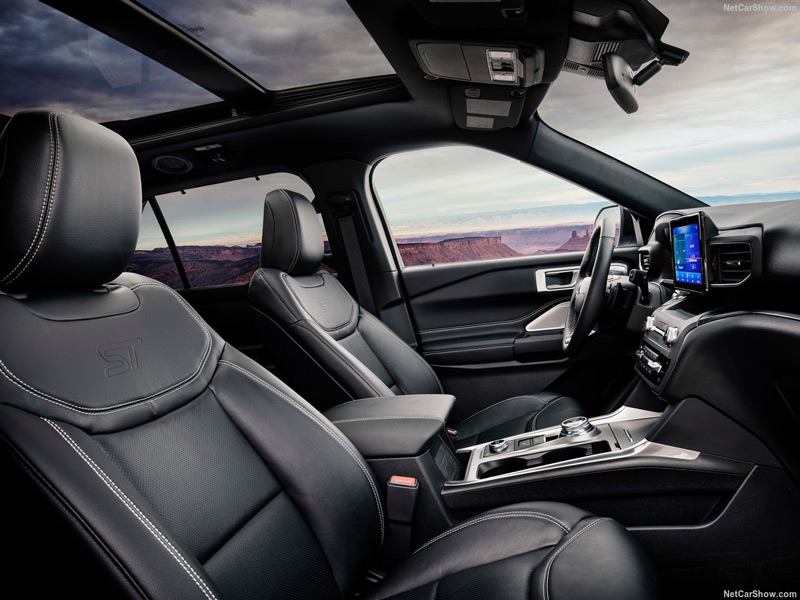
Steering proved vaguer than we would’ve liked, but the suspension competently absorbed most of the bumps and potholes we encountered. Around corners the classic SUV/truck body roll was still detectable, even in the ST’s more stiffly tuned suspension. With that said, this lean was still noticeably improved from prior versions of the Explorer. Clear progress, however incremental. We hope Ford tunes the suspension a bit further going forward to really get it dialed in. Overall, the Explorer drives well enough, but for the price (we’ll return to this topic below) you might reasonably expect better.
We did like the layout in the Explorer. The dash is clean and straight forward, everything you want at your fingers are there (not buried three windows deep in the infotainment system). The infotainment system is in fact the only real blemish design wise. The 8-inch touchscreen isn’t integrated into the dashboard and instead looks like it was bolted on at the last minute. I suppose this was intentional, but the rational for it escapes me. The upgraded 10-inch vertical touchscreen accentuates this effect by directly echoing an iPad. The gauge cluster, by contrast, looked great, with bright graphics and clearly displayed information.
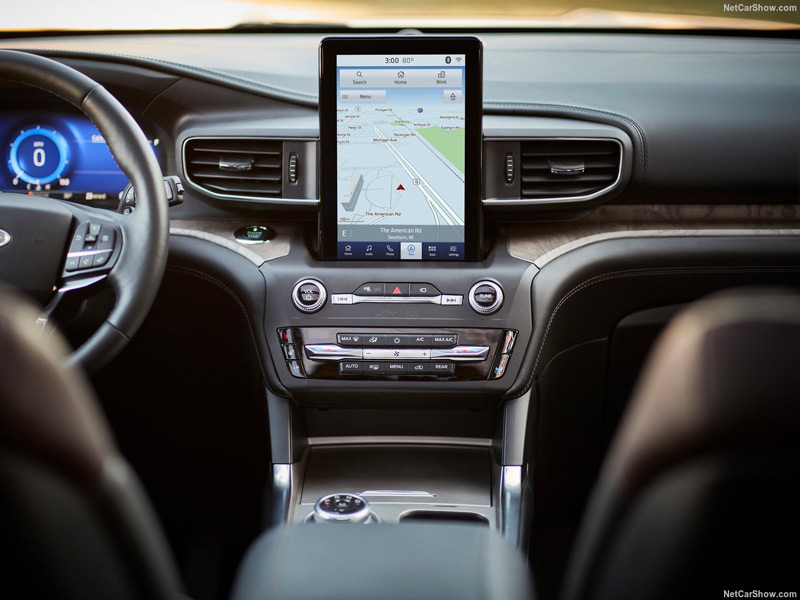
The Explorer does get high marks for its roominess. There’s plenty of head and elbow room, though the visibility from the driver’s seat isn’t as good as it is in the Ranger. The captain’s chairs in the second row are comfortable and there’s ample leg room there and up front. The 3rd row is predictably cramped, but less so than last year’s model and the ability to slide the 2nd row seats forward can make things even easier on those relegated to the way-way back.
The materials used to fill out the interior are okay but nothing to write home about either in praise or complaint. The faux-wood paneling on the Limited version we drove was a little disappointing (upgradeable on the Premium trim).
Features & Options: There’s an Op(tion) for That
Because the base model won’t be released for another six months, you’ll be stuck with a game of tacking on features (and adding to the final price tag) as you move from the XLT up through the Limited, Limited Hybrid, ST, and Premium trims. There’s plenty you’ll find along the way to add however, as Ford offers an extensive list of options and upgrades.
You’ll find a lot to like that’s standard on the XLT and up trims. Just a few of these include three zone climate-control, automatic high-beam headlights, LED signature lighting, and a heated steering wheel (optional on the XLT and standard from Limited on up).
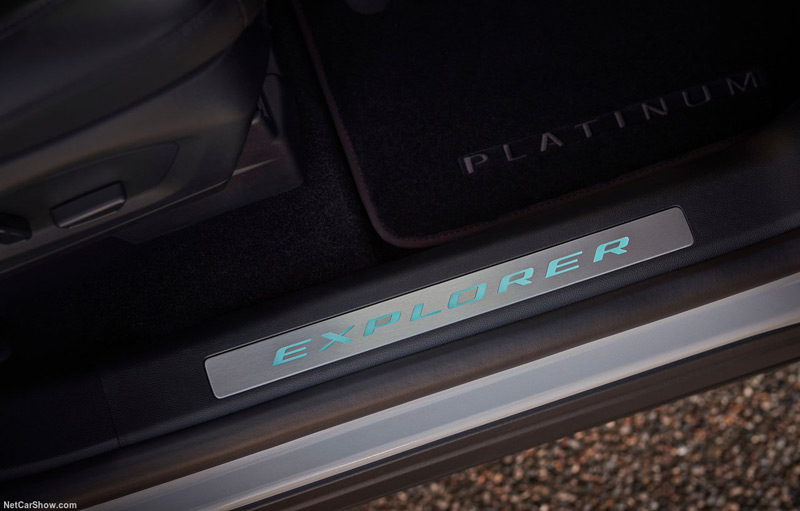
In keeping with some of its competitors, Ford offers some of its best safety features as standard options, including its Lane Keeping System (which includes Lane-Keeping Assist, Lane-Keeping Alert, and Driver Alert), a rearview camera with washer, reverse sensing system, and AdvanceTrac with roll stability control. Ford driver assist capabilities are also available across trims with the Co-Pilot360 system (XLT version) and Co-Pilot360 Assist+ (Limited and above).
We recommend including the blind spot detection as the B pillar is quite thick on the Explorer.
Value: Trim, Notable Features, Price Tag
XLT
Available AWD, second row USB ports, LED signature lighting, keyless entry.
$36,675
Limited/Limited Hybrid
360-degree camera, 12-speaker Bang & Olufsen sound system, hands-free liftgate, 2nd-row sun blinds.
$48,130 / $53,270
ST
Leather bucket seats, 20-inch aluminum wheels, standard 4WD, Active Park Assist 2.0.
$54,740
Premium
Twin-panel moonroof, Reverse Break Assist, (real) wood trim interior, power-folding side mirrors.
$58,250
Conclusions: The High Cost of (Almost) Luxury
The 2020 Ford Explorer in most of its permutations won’t bowl you over. In keeping with its utilitarian origins, it does what it needs to as well or better than its segment competition, while making clear strides at improved handling. Albeit, at a higher price. The Kia Telluride and Hyundai Palisade both top out at considerably less than the Explorer, which, at its higher trim levels, starts to compete a division up with the likes of the BMW X5 or the Audi Q7.
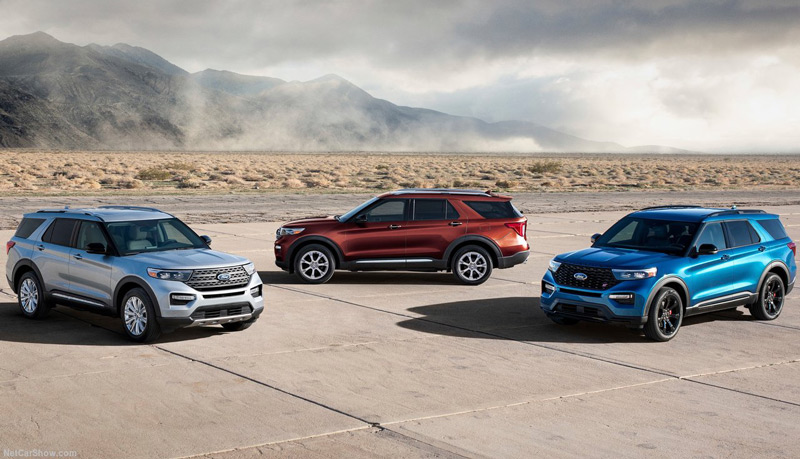
If you are going for a functional yet fun SUV the ST version of the Explorer is a great option. Its get-up-and-go attitude can add some excitement to your grocery-getting. On the flip side, if you’re looking for a decently equipped mid-size SUV with better than average handling, the XLT is a good option too.
While the new 2020 Ford Explorer has its faults, price tag chief among them, the improved driving dynamics and the new hybrid option can still deliver a solid SUV for the money. And, in case you were wondering, the ST will most assuredly outrun your local T-Rex.


